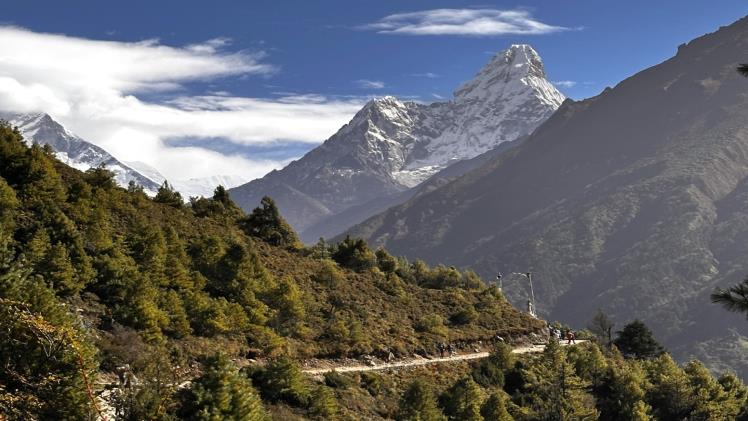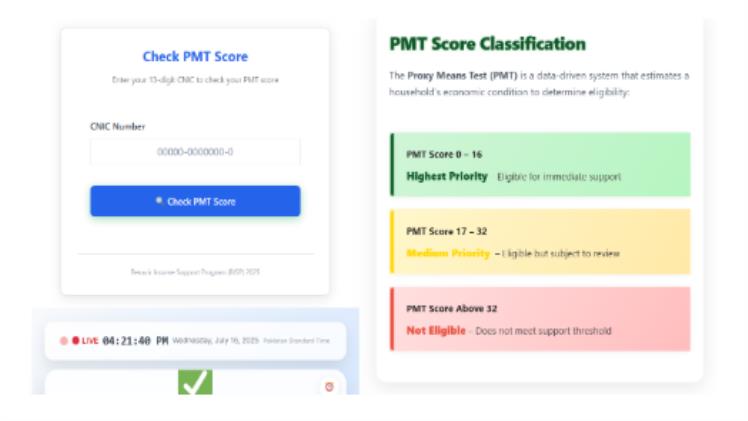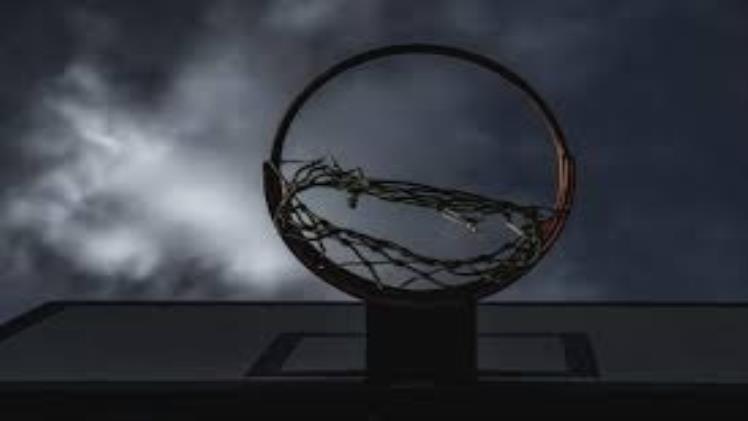Internet Access During Everest Base Camp Trek
The Everest Base Camp (EBC) trek is one of the most iconic adventures in the world, attracting trekkers from every corner of the globe. As breathtaking as the journey is, many trekkers often worry about staying connected during the trek.
Whether it is to share updates with loved ones, stay in touch with work, or simply to enjoy the comfort of browsing the internet after a long day of trekking, internet access during the Everest Base Camp Trek has become increasingly important.
Thankfully, over the years, connectivity has improved dramatically in the Khumbu region. With mobile networks, Wi-Fi, and satellite-based options available, trekkers can now access the internet throughout much of the route—though speed, reliability, and cost vary significantly.
This blog explores the different ways to stay connected on the EBC trek, including NTC and Ncell mobile networks, 4G coverage, Airlink Wi-Fi services, and other tips to make your digital experience smoother in the mountains.
Why Internet Access Matters on the EBC Trek
The Everest Base Camp trek takes you deep into the Khumbu Valley, a remote and rugged region where trails weave through Sherpa villages, suspension bridges, monasteries, and high-altitude terrain. Being cut off from the modern world may sound appealing to some, but in reality, internet access is important for many reasons.
First and foremost, connectivity allows trekkers to update their families and friends about their journey. Many also want to share their experiences instantly on social media, from Namche Bazaar’s vibrant streets to Kala Patthar’s panoramic views of Everest. For professionals or digital nomads, having internet is vital for keeping up with work obligations. In case of emergencies, internet and mobile networks also provide an added layer of safety.
Thus, while disconnecting completely can be refreshing, the need for internet on the EBC trek has grown stronger with modern travel habits. Fortunately, the region has adapted to this demand.
Internet Through Mobile Networks: NTC and Ncell
Two major telecommunication providers in Nepal—NTC (Nepal Telecom) and Ncell—play a crucial role in providing mobile data connectivity along the Everest Base Camp trek. Both companies have expanded their coverage in the Khumbu region, though their reliability differs by location.
Ncell Coverage
Ncell has better network coverage in the Everest region compared to NTC. Trekkers can use Ncell data all the way up to Dingboche (4,410 m / 14,469 ft). After Dingboche, the network becomes unreliable, and data signals fade away as you trek toward Lobuche, Gorakshep, and Everest Base Camp. In Gorakshep and Base Camp itself, Ncell generally does not work.
Ncell SIM cards are easily available in Kathmandu, and packages offering data, calls, and SMS can be activated before your trek begins. This option is convenient and affordable, particularly if you’re relying on internet access in lower sections of the route.
NTC Coverage
NTC has made significant progress in expanding its reach in the Everest region, but coverage is still weaker than Ncell in most trekking areas. In general, NTC works well in major towns like Lukla and Namche Bazaar, but its data connectivity struggles at higher altitudes. Trekkers often carry both NTC and Ncell SIM cards as a backup, since network fluctuations can vary depending on location and weather conditions.
4G Internet on the Trek
Interestingly, 4G connectivity has made its way into the Everest region. Trekkers can enjoy reliable 4G internet in major settlements up to Namche Bazaar (3,440 m / 11,286 ft). The speed is sufficient for video calls, browsing, uploading photos, and even streaming content. Beyond Namche, the signal weakens but may still work sporadically in Tengboche and Pangboche. By the time you reach Dingboche, expect only patchy or very weak data connections.
Therefore, if you’re looking for strong mobile internet, you’ll get the best experience up to Namche Bazaar. After that, you’ll need to rely more on Wi-Fi services provided by guesthouses and internet providers like Airlink.
Airlink Wi-Fi: Reliable Internet in the Mountains
For trekkers heading beyond Dingboche, the most reliable way to stay connected is through Airlink Wi-Fi. This service is available in many guesthouses along the route and is widely used by trekkers who want internet access at higher elevations.
How Airlink Works
Airlink sells internet packages that you can purchase in advance or directly at tea houses. The package comes with a code that allows you to connect to Airlink Wi-Fi in any lodge along the route where the system is installed. The best part is that the same package works across different guesthouses, so you don’t need to buy multiple passes as long as your package duration is valid.
Coverage Area
Airlink Wi-Fi is available in most trekking villages after Namche Bazaar, including Tengboche, Dingboche, Lobuche, Gorakshep, and even near Everest Base Camp. This makes it the go-to option for those who want connectivity throughout the higher parts of the trek.
Speed and Reliability
While Airlink is a good solution, trekkers should manage expectations. The speed is generally sufficient for sending messages, emails, and occasional social media updates, but not fast enough for heavy data use like video streaming or large file uploads. Connectivity can also fluctuate depending on weather and power availability in remote areas.
Cost of Internet Packages
The cost of internet during the Everest Base Camp trek varies depending on the provider and altitude. Ncell and NTC SIM cards are inexpensive, and data packages can be bought in Kathmandu at affordable rates. However, once you’re in the mountains, Wi-Fi access becomes significantly more expensive.
Airlink Wi-Fi packages typically cost between USD 5 to USD 20, depending on the duration and data offered. Some lodges also offer their own Wi-Fi services, often charged per hour or per device, though these can be inconsistent. Because prices rise with altitude, the closer you are to Everest Base Camp, the more you can expect to pay.
Additional Tips for Staying Connected
To make the most of internet access during the EBC trek, here are some practical tips:
- Carry both Ncell and NTC SIMs: This maximizes your chances of getting a signal in different locations.
- Buy data packages in Kathmandu: Prices are cheaper and packages are more comprehensive before the trek.
- Use internet sparingly at higher altitudes: Connections are slower and more expensive, so save bandwidth for essentials like checking in with loved ones.
- Download offline maps and entertainment: Apps like Maps.me or Google Maps offline can help you navigate without internet, while movies, books, or music downloaded in advance keep you entertained during downtime.
- Charge devices efficiently: Power can be limited in remote tea houses, and charging often comes with a fee. Carry a power bank or solar charger to keep your devices ready.
My Input: The Balance Between Connectivity and Experience
While internet access has made the Everest Base Camp trek more convenient, it’s worth remembering why you’re in the mountains. The Himalayas offer an unparalleled opportunity to disconnect from the noise of daily life and immerse yourself in nature and culture. Checking your phone too often can sometimes detract from the raw beauty of the experience.
A balanced approach works best: use internet services to stay safe, connected, and informed, but also allow yourself to unplug for long stretches and fully absorb the Himalayan atmosphere. After all, some of the best moments in the Khumbu Valley are those shared with fellow trekkers around a warm stove, not necessarily those shared online.
Conclusion
Internet access during the Everest Base Camp trek is no longer the challenge it once was. Between Ncell and NTC mobile networks, 4G connectivity up to Namche Bazaar, and Airlink Wi-Fi services at higher elevations, trekkers have multiple options to stay connected throughout the journey. While connectivity is never perfect in such a remote region, the available services are more than enough for most trekking needs.
Whether you’re updating family, sharing photos, or checking the weather forecast for your next trek day, staying online is entirely possible on the EBC trek. Just remember to balance your digital life with the once-in-a-lifetime experiences unfolding before your eyes in the majestic Khumbu.







